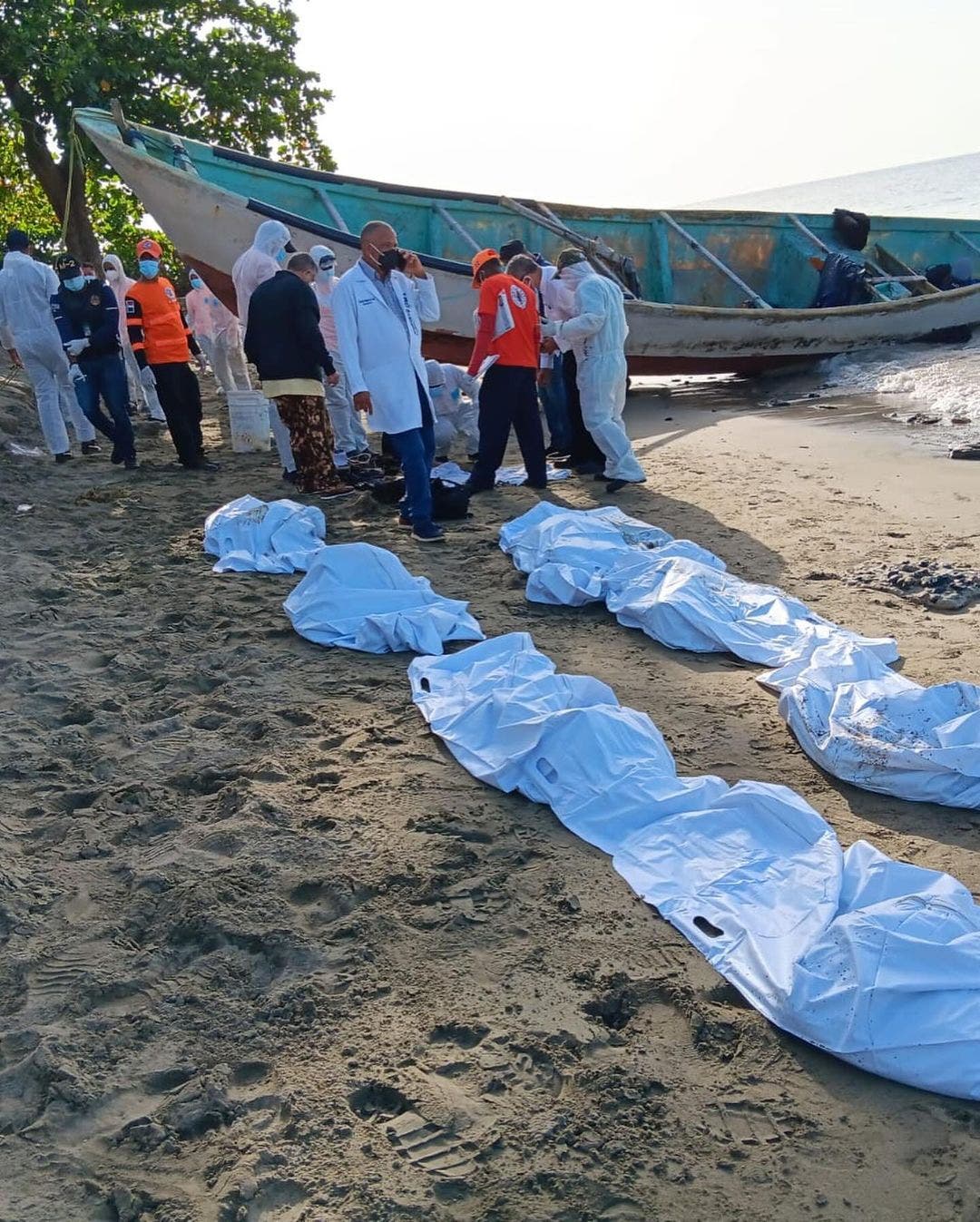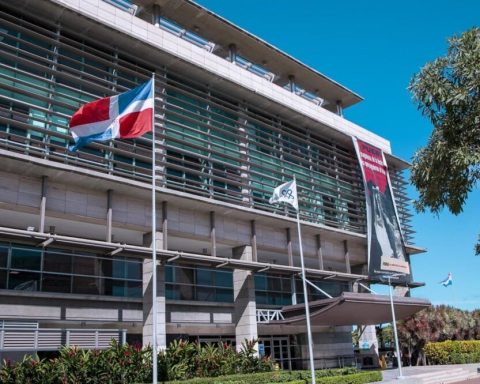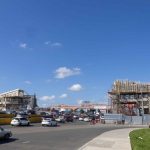High temperatures accelerate the decomposition of corpses, so scientific studies will be required to determine precisely the time and cause of death of 14 skeletons found on board a boat on the coast of Río San Juan, María Trinidad Sánchez province.
This was explained by forensic doctors Cándido Jiménez and Sergio Sarita Valdez, who also pointed out that the bodies, presumably of citizens of Senegal and Mauritania (Africa), were already exposed to dehydration, which further accelerated their decomposition.
«We know that, High temperatures and exposure to the elements, the corpse decomposes faster than if it is buried or in water.. There is the so-called Casper Law, which says: when there is free access to oxygen, the body decomposes twice as fast as when it is submerged in water, and eight times faster than when buried in soil,” said Sarita Valdez.
“A corpse can rot under natural conditions, say in the shade, within 48 hours. But in the open air and in very hot weather, it decomposes within hours,” the forensic pathologist explained.
For his part, Cándido Jiménez added: “In that skeletal stage We are not going to observe the early phenomenawhich is when a person dies and there is dehydration, cooling, a stage of lividity, a stage of rigidity, and then comes a late cadaveric phenomenon, we are going to find autolysis and putrefaction.
Jiménez said that although documentation from Senegal and Mauritania was found, this does not confirm that the deceased were actually from those countries, something that will be determined through DNA tests.
It is recalled that on the boat where the bones were found, a backpack was also found with 12 packages of a substance that is presumed could be cocaine either heroin.
In addition, several belongings of the occupants were found, such as cell phones, their identification documents, clothing, bundles of clothes, among others.
According to authoritiesThe boat was located after receiving an alert from a local fisherman. It was then towed to Adames beach.



Keep reading:
14 bodies and drugs found on a boat
Bones found in Río San Juan were transferred to Inacif in Santiago

















